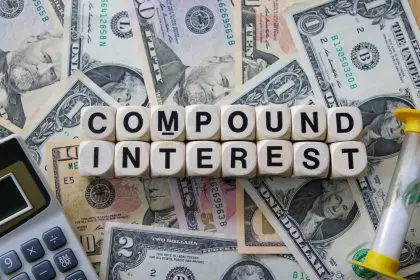
Bankruptcy refers to the failure of an individual or organization to pay financial liabilities to a creditor or a financial institution. Large numbers of people are using bankruptcy as a debt-clearing method. Most people consider or go into bankruptcy when they have major debt and limited assets to repay those debts.
There are four types of bankruptcy, namely, Chapter 7, Chapter 11, Chapter 12 and Chapter 13.
The steps for bankruptcy filing may differ from state to state. An individual in debt or a troubled company can file bankruptcy to establish a repayment plan to satisfy their debts. However, in some cases bankruptcy can create far more problems than it solves if not used appropriately.
The advantages are that it limits the period over which you repay your debt and it offers legal protection regarding your debts. Often bankruptcy is mentioned as a tool for coming out of debt. After the court accepts the bankruptcy petition, the debtor will no longer get collection calls from the creditor or financial institutions regarding payment of debts. Nor can the creditor or financial institutes impose wage garnishments, foreclosures or repossession.
The disadvantages are that the individual will be subject to the control of the court and your access to credit will be severely restricted until you are discharged, leaving one with higher rates of interest until you have re-established your credit rating. One may also lose the use of a regular bank account and be forced to open a “basic” account with no overdraft protection. Lastly, filing bankruptcy remains on the credit report for 7-10 years.
Knowing the pros and cons of bankruptcy will assist in looking at the short- and long-term benefits of bankruptcy and it will help you decide if it is the best option for you. –torrance stephens, ph.d.
The opinions expressed in this article are solely those of the writer and are not an endorsement of any specific financial instrument or investment strategy.










